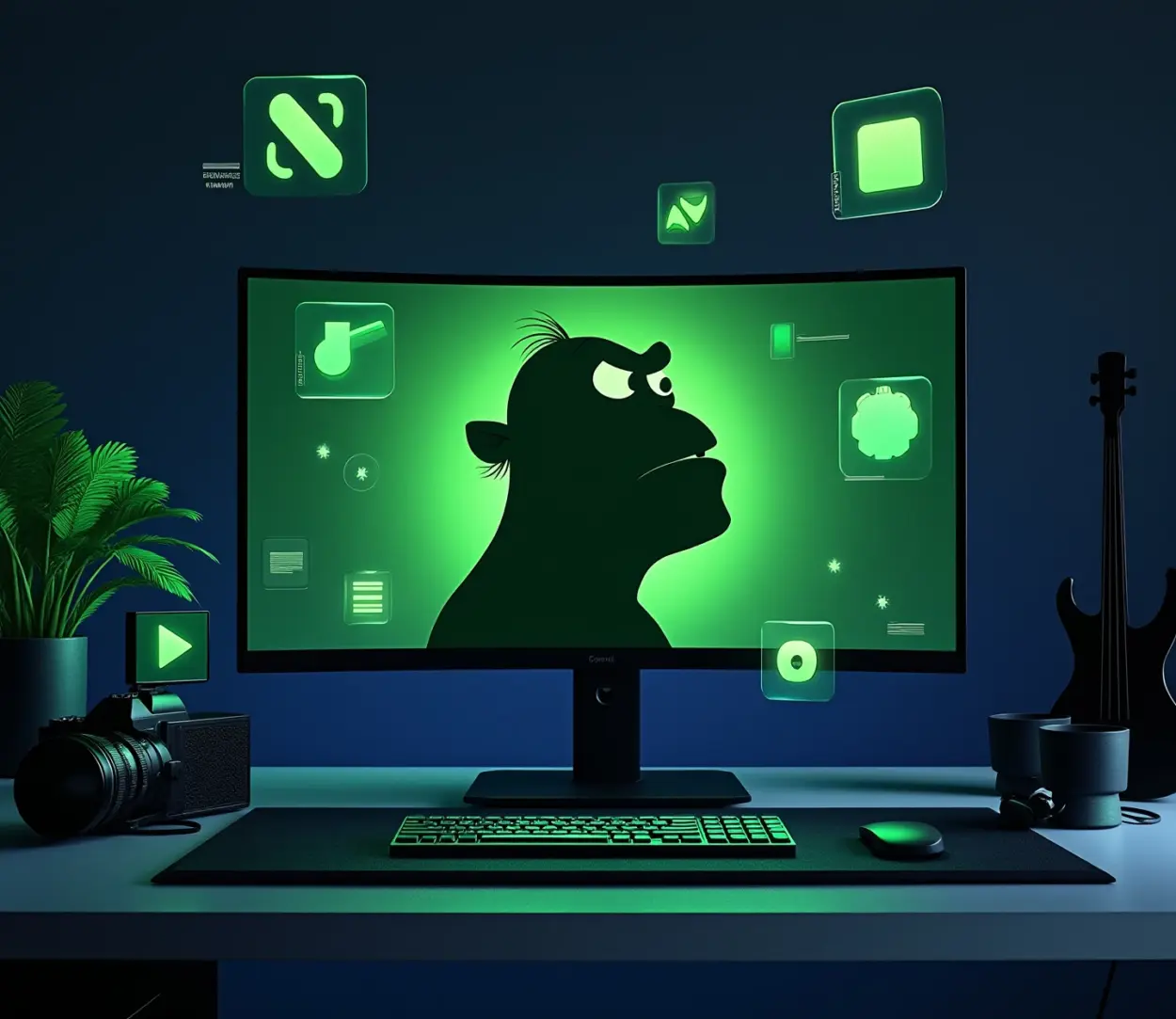# The Revolutionary Impact of Shrek on Animation Technology and Modern Digital Filmmaking
The animation industry experienced a transformative revolution at the start of the 21st century when a certain green ogre captured global audiences. Groundbreaking technological innovations not only changed animation production methods but completely redefined visual storytelling standards. Today’s animation professionals benefit from an extensive array of digital tools that continue to evolve from these pioneering techniques, making professional-grade animation capabilities accessible to creators at all levels.
## How Shrek Redefined Animation Technology
When DreamWorks unleashed their revolutionary animated feature in 2001, they weren’t simply delivering a subversive fairy tale – they were showcasing cutting-edge 3D animation technology. The custom-built proprietary animation suite developed specifically for Shrek tackled unprecedented technical challenges, particularly in rendering lifelike organic textures. The animation team created advanced subsurface scattering algorithms allowing light to penetrate and diffuse within the ogre’s skin, creating a remarkably believable character despite his fantasy origins. This perfect balance between stylized animation and surprising realism became the film’s distinctive visual signature and established new benchmarks for character animation across the industry.
The groundbreaking hair and fur simulation system that brought characters like Donkey to life represented one of the production’s most revolutionary achievements. Before this innovation, animating thousands of individual hair strands was computationally impossible for feature-length films. DreamWorks’ technical directors engineered sophisticated dynamic hair physics that could accurately simulate movement, weight, and environmental interactions – requiring massive computational resources for the era. These advancements weren’t merely technical feats; they were storytelling enhancements that enabled animators to create more expressive characters whose physical attributes could communicate personality traits and emotions through subtle movements.
The production also established integrated workflow systems enabling hundreds of animators to collaborate simultaneously within a unified stylistic framework. Custom shader development tools helped artists maintain consistent lighting across diverse environments while preserving creative flexibility. Their proprietary facial animation system combined sophisticated motion capture data with traditional animation techniques, establishing a hybrid approach that would influence character animation for decades. By solving these complex technical challenges, DreamWorks established new standards for 3D animation software development that continue to shape the entire industry.
## Modern Digital Tools Inspired by Shrek’s Legacy
Today’s independent filmmakers have access to sophisticated 3D animation software incorporating rendering capabilities once exclusive to major studios. Applications like Blender now include physically-based rendering systems that can achieve the same subsurface scattering effects that made Shrek’s skin appear so revolutionary. This democratization of technology enables filmmakers with modest budgets to create characters featuring nuanced surface textures and realistic light interaction. Contemporary nodal material editors allow creators to experiment with complex shader combinations without requiring the programming expertise that was essential during early 2000s production pipelines.
Character animation systems have similarly evolved from those pioneering techniques. Modern rigging tools found in Maya and Cinema 4D incorporate inverse kinematics systems inspired by the DreamWorks approach but with significantly more intuitive interfaces. Motion capture technology has advanced exponentially, with affordable solutions like facial tracking through standard smartphone cameras providing capabilities that would have required specialized studio setups during Shrek’s production. These developments have removed significant barriers to entry for independent animators seeking to create expressive, believable characters.
Perhaps most transformative has been the emergence of cloud-based rendering solutions that have democratized high-quality animation production. Services like Amazon Nimble Studio and Google Cloud Platform offer scalable rendering capabilities that would have seemed impossible to animators in 2001. A rendering process that might have required weeks on DreamWorks’ server farm can now be distributed across virtual machines and completed in hours. This technological advancement has fundamentally altered production timelines and budgets, allowing smaller teams to compete with established studios in terms of visual quality. The legacy of those early animation innovations continues to influence the industry, empowering a new generation of digital filmmakers with tools that were unimaginable just two decades ago.
## Practical Workflow Tips from Shrek’s Production Pipeline
One of the most valuable lessons from DreamWorks’ landmark production is the importance of robust asset management systems. Shrek required tracking thousands of digital assets across multiple departments and workstations. Today’s filmmakers can implement similar organizational structures using software like ShotGrid or open-source alternatives like Kitsu. Establishing clear naming conventions, version control protocols, and approval pathways before production begins can prevent the chaos that typically derails ambitious animation projects. Even small teams benefit from adopting enterprise-level asset management practices, particularly when working with complex character models and environments.
The collaborative workflow techniques that enabled hundreds of animators to work cohesively can be adapted for modern productions of any scale. Breaking down complex scenes into manageable components with clearly defined handoff points reduces bottlenecks and enables parallel workstreams. Contemporary project management tools like Trello or Asana can replicate the production tracking systems developed for major studio pipelines. When combined with cloud-based collaboration features in current 3D animation software, these approaches allow distributed teams to maintain consistent communication and quality standards regardless of physical location – a significant advantage in today’s increasingly remote production environment.
Quality control processes were essential to maintaining consistent animation throughout Shrek despite the work being divided among many artists. Modern filmmakers can implement similar review systems using digital tools like SyncSketch or frame.io to provide clear, actionable feedback on works-in-progress. Establishing regular review milestones and objective quality metrics helps maintain consistency across scenes created by different team members. Additionally, current rendering preview tools allow directors to evaluate lighting and texture decisions much earlier in the production process than was possible during Shrek’s development. By adopting these structured feedback approaches, independent productions can achieve the polished, consistent visual quality that was once exclusive to major animation studios.


